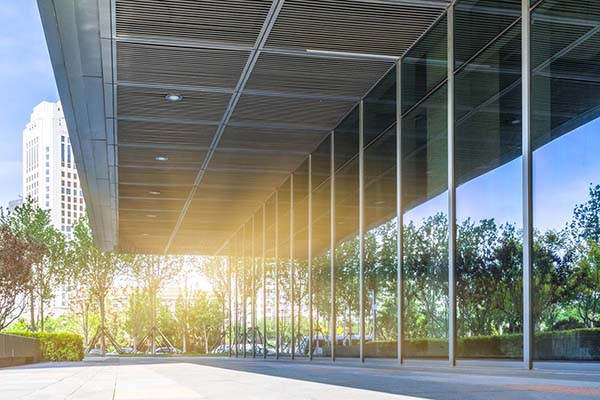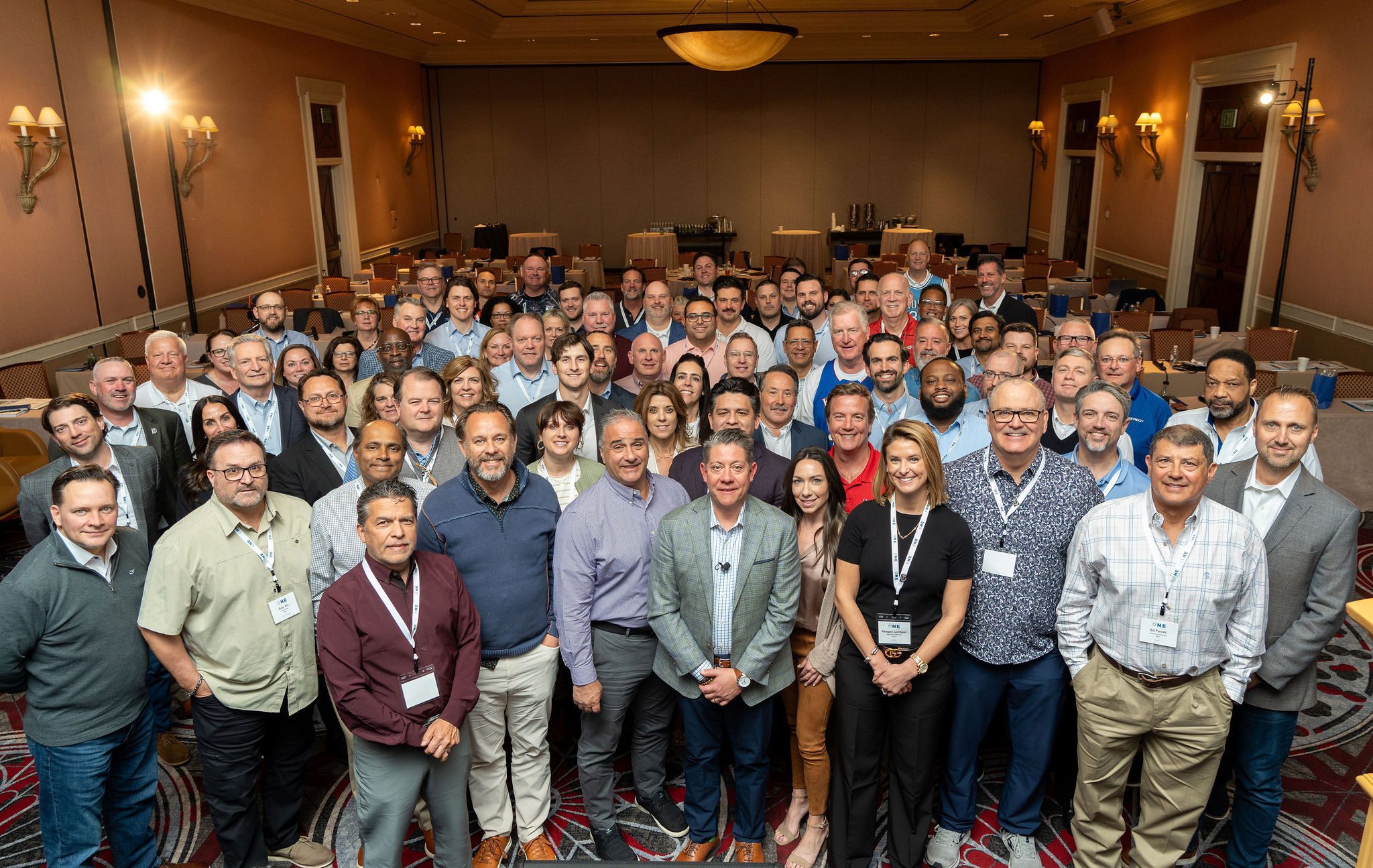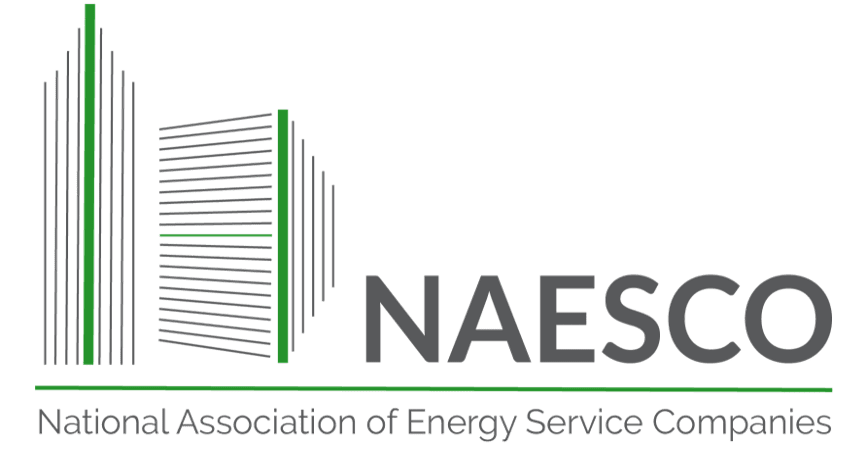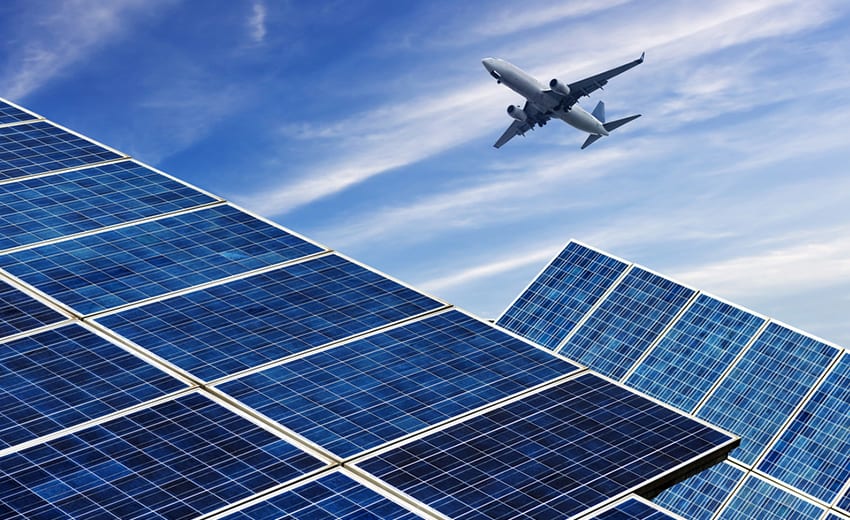Green building practices are becoming foundational in building codes, but they are still some distance from ideal. LEED Zero provides above-target standards for creating healthy buildings, reducing contributions to climate change; enhancing human health; protecting and restoring water resources, ecosystem services, and biodiversity; and promoting sustainable and regenerative material cycle.
LEED Zero Certification
The LEED certification system began in 1998 and has continuously been guiding and pushing buildings towards higher sustainability performance ever since. Certifications are awarded in four levels: certified, silver, gold, platinum. It is open to all existing LEED-certified buildings under all versions, including BD+C (building design and construction) or O+M (operations and maintenance) certified buildings.
LEED Zero is the newest and highest category of LEED certification, enabling building owners to deliver certified net-zero impact sustainability levels for their organizations or tenants. Like Healthy Building Certificates, LEED Zero is a holistic approach that accounts for the enhancement of the natural environment and the health and well-being of the building’s occupants. It provides certification in four categories: LEED Zero Carbon, LEED Zero Energy, LEED Zero Water Certification, LEED Zero Waste Certification.
- LEED Zero Carbon recognizes buildings operating with net-zero carbon emissions. This category takes into consideration carbon emissions from the energy delivered to the site, on- and off-site renewable generation and procurement, carbon offsets, and occupant transportation to and from the site.
- LEED Zero Energy recognizes buildings that achieve a zero source balance over 12 months. As with zero net energy (ZNE) buildings, the site must generate as much energy as it consumes.
- LEED Zero Water also recognizes buildings that achieve a zero source potable water balance over 12 months. Projects may achieve this via “rainwater stored and infiltrated or evapotranspirated via green infrastructure, and wastewater treated and returned to the local watershed or aquifer via decentralized wastewater treatment systems,” among other strategies.
- LEED Zero Waste recognizes buildings that achieve GBCI’s TRUE Zero Waste certification at the Platinum level. According to USGBC’s LEED Zero Program Guide, “The TRUE Zero Waste program requires projects to have a zero-waste policy in place, achieve an average of 90% or greater overall diversion from landfill, incineration (waste-to-energy) and the environment for solid, non-hazardous wastes for the most recent 12 months, and fulfill five other minimum program requirements.”
Addressing Sustainable and Healthy Buildings
With sustainability and healthy building goals now business pre-requisites, the safety, consumption, emissions, and waste from buildings have taken on new importance.
Buildings account for 40% of US energy usage, producing 6.4% of direct emissions and 12% of indirect CO2 emissions globally. They also contribute significantly to water consumption and waste production. Achieving balance in energy and water use, carbon emissions, and waste through LEED Zero certification can lower running costs and improve building desirability. Further, as businesses prepare to reopen, a building that has taken-on the holistic approach that accounts for the enhancement of the natural environment, as well as the health and well-being of the building’s occupants, will help to create an inviting building environment, post COVID-19.
Does LEED Zero support Zero Net Energy?
Yes! A Zero Net Energy (ZNE) rated building is one that can meet 100% or more of its annual energy use with renewable energy.
LEED Zero Energy is a recognized certification for achieving this rating. According to the New Buildings Institute (NBI), there are already 126 “Verified” ZE buildings submitted to NBI’s Getting to Zero Buildings Database in the USA, with an additional 523 “Emerging” (48 and 232 respectively in California).
Achieving LEED Zero
Veregy works with building owners and managers to achieve industry certifications for existing buildings and new construction by improving operational processes, implementing infrastructure upgrades, and ensuring that the building is commissioned properly.
Our LEED certification process begins with a review of the building’s existing sustainability levels over the preceding 12 months. Following that, we will help you to optimize energy performance, evaluate local renewables, fine-tune existing building operations, reduce emissions, and evaluate water efficiency and waste hierarchy. We will then recommend the most cost-effective measures to implement to enable LEED Zero certification in the different categories.
Do you want your building to be ahead of the curve? Contact us for a no-obligation assessment.







